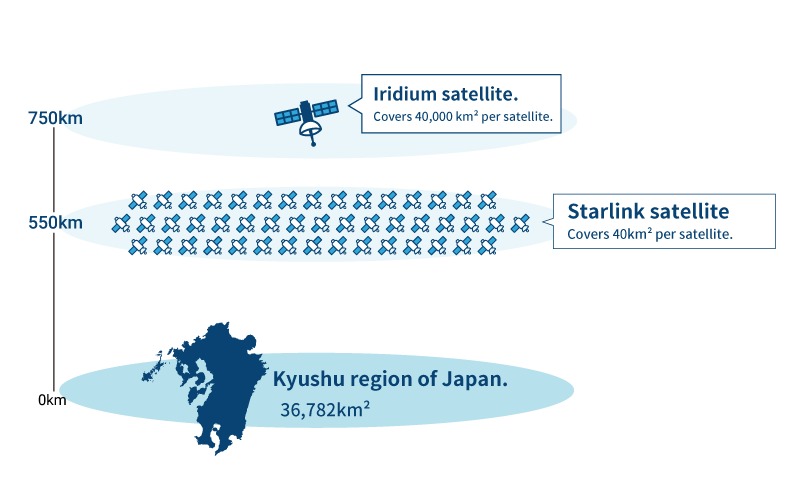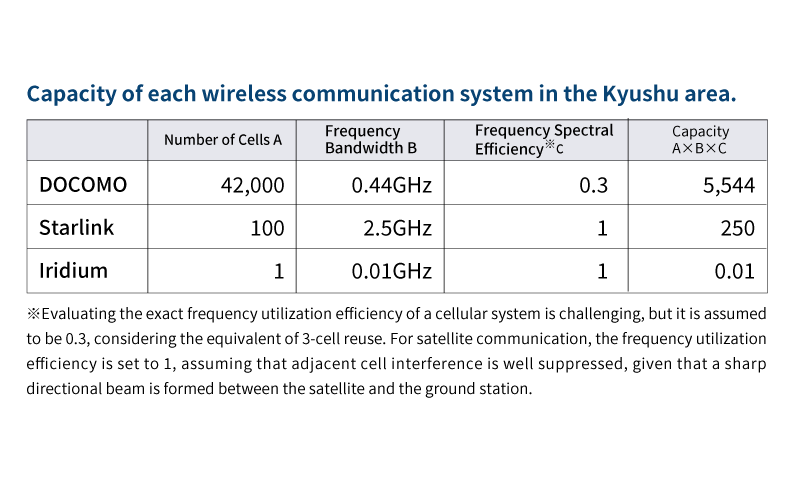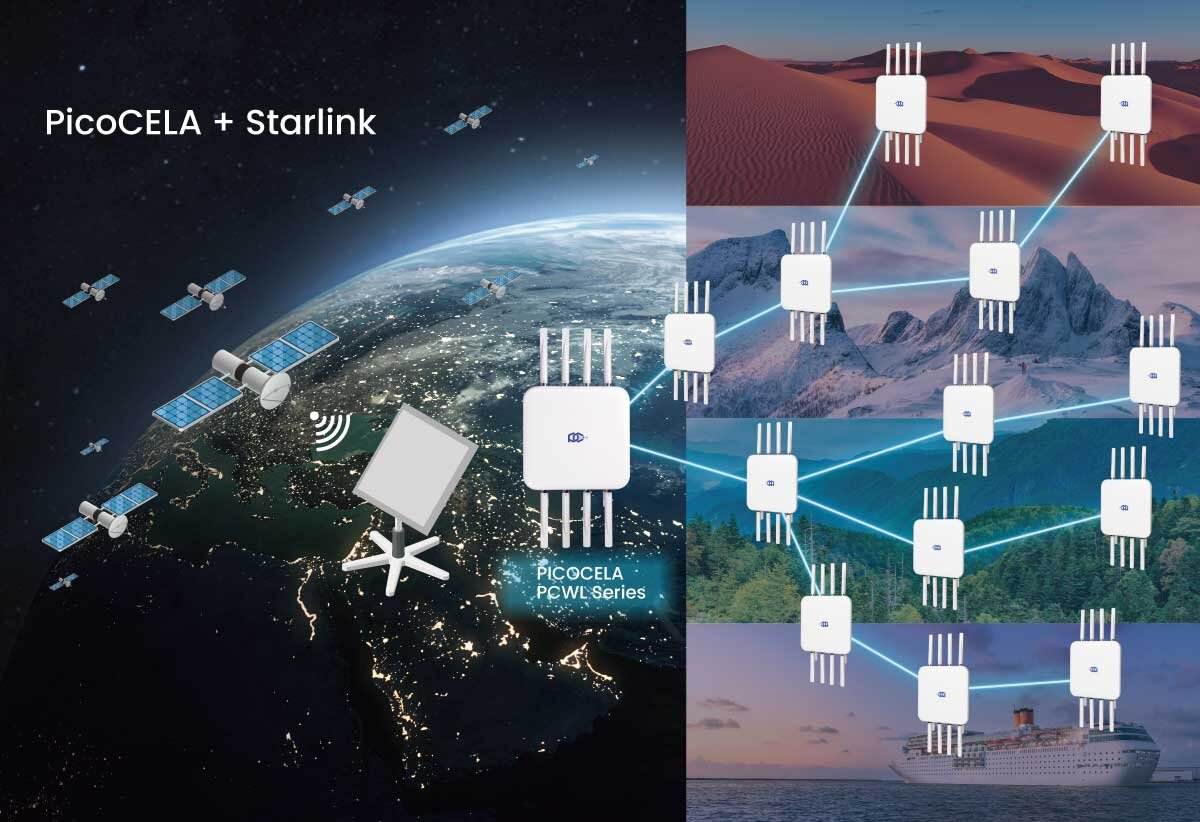Starlink's emergence has brought satellite communication into the spotlight. Elon Musk went so far as to create rockets just to build a satellite communication network. His innovative thinking and remarkable execution power are simply awe-inspiring. His achievements will undoubtedly be talked about for generations to come. Today, we will discuss satellite communication.
The Iridium Project
When I was just starting out as a mobile communication researcher in the early 1990s, satellite communication was frequently discussed as the next generation of mobile phone systems. This was the Iridium Project, which was being promoted by the U.S. company Motorola at the time. However, even back then, I felt that it might be a bit of a stretch for it to be used as a mobile communication tool for the general public.
First of all, the Iridium satellites are floating at a distance of 780 km from the Earth's surface. The longer the distance, the more the radio waves attenuate, and the greater the delay becomes.

However, an even bigger issue is that one satellite (or one beam spot) is meant to cover an area of 40,000 square kilometers. It's hard to argue that using it as a mobile phone to accommodate a large number of users is unrealistic. 40,000 square kilometers is roughly the size of Kyushu. This means that just one base station is intended to cover this area. The population of Kyushu is around 14 million. If even 0.1% of those people were to communicate at the same time, it would result in 14,000 simultaneous connections. Handling this with just one satellite, and with only a 10MHz bandwidth, seems incredibly ambitious.
For comparison, in the case of mobile phones, Docomo, for instance, has an estimated 42,000 base stations installed in the Kyushu area (calculated as 10% of the 420,000 stations nationwide*1), and a total bandwidth of 440MHz has been allocated (excluding the millimeter wave band)1. On the other hand, Iridium aims to cover the entire Kyushu area with just one base station and a mere 10MHz of bandwidth2. It's clear that this is quite ambitious. With the infrastructure scale of Iridium, it could be said that it's more realistic for emergency use, such as emergency mobile phones. In fact, the Iridium satellite communication network is reportedly being used for such purposes.
*1 https://www.soumu.go.jp/main_content/000859612.pdf
*2 https://www.soumu.go.jp/main_content/000530452.pdf
The Satellite Communication System Starlink with Advanced Small Cell Technology
On the other hand, what about the much-talked-about Starlink?
As of the time of writing this blog, about 2,500 satellites are operational, with plans to eventually deploy over 20,000 satellites. A single Starlink satellite covers an area of approximately 400 square kilometers, which is 1/100th of the area covered by Iridium. This means that Starlink would cover the entire Kyushu area with just 100 satellites. The allocated frequency bandwidth is 2.5GHz. This is quite roomy compared to Iridium. Given that each satellite covers 1/100th of the area and has 250 times the frequency bandwidth, this means that Starlink offers 25,000 times more capacity in its network compared to Iridium.
By the way, while the coverage area for a single Iridium satellite was 40,000 square kilometers, Starlink's is 400 square kilometers, which is significantly smaller. It can be said that Starlink is a satellite communication system that has advanced in its "small cell" technology compared to Iridium. Indeed, the origin of the name PicoCELA is derived from its being a small cell, as explained in the 7th installment of this blog titled "Small Cells Will Save the World!" What this shows is that even in satellite communications, the trend towards small cell technology is progressing!
Comparing System Capacities
Let's compare the capacity of Docomo's mobile phone system in the Kyushu area with the system capacity of Starlink. For the sake of simplicity and to provide a rough estimate, we'll define capacity here as the product of the number of cells and the frequency bandwidth. The reduction in system capacity due to radio interference between adjacent cells will be accounted for using an efficiency metric called "frequency use efficiency."

How does it look? Even if it's Starlink, when compared to mobile phone systems, its system capacity is indeed considerably lower.
From this table, it's clear that claiming Starlink could currently replace mobile phones might be a stretch. Furthermore, from another perspective, it's challenging to equate mobile phone communications and satellite communications. Namely, satellite communication requires an open sky and a clear line of sight, otherwise, communication is nearly impossible.
While the groundbreaking nature of satellite communication is universally acknowledged, its true value might be more in alternative applications rather than as a direct replacement for mobile phones.
The True Value of Satellite Communication
Both mobile phone base stations and Wi-Fi access points require a primary internet connection. This internet connection typically employs optical fiber lines. With satellite communication, these optical lines are unnecessary. By setting up a satellite communication antenna, you can instantly connect to the internet. Thus, satellite communication can be seen as an alternative to optical fiber lines.
If you set up a Starlink antenna on a mountaintop, an internet connection will be established there. On boats, on the roofs of airplanes, or in remote, untouched locations where current mobile phones don't have coverage, an internet connection can be secured immediately. This is groundbreaking.
However, the satellite terminal is not something we can carry around (with a 50cm diameter antenna!). Moreover, it can only be used in open spaces with a clear line of sight to the sky. While there are discussions about equipping smartphones with satellite communication capabilities, it's challenging to provide a significant antenna gain in a small smartphone body, making it difficult to achieve communication speeds comparable to current cellular or Wi-Fi. Additionally, since communication primarily requires a clear sky, the user experience might not be as seamless as with current cellular networks. Satellite communication does not offer the same wireless space as that provided by cellular or Wi-Fi in local areas.
To address this, the Starlink terminal kit includes a Wi-Fi router. However, its coverage area is limited, and it cannot ensure broad coverage. Even if you install the Starlink terminal on the rooftop of a building and secure an internet connection with the satellite, it doesn't necessarily mean you can establish a wireless communication environment throughout every corner of that building.
This is where PicoCELA comes into play.
PicoCELA+Starlink
PicoCELA is a technology designed to create a wide wireless local area without the need for LAN cables. By integrating it with Starlink, it's possible to secure a primary internet connection without laying optical fiber lines. It addresses the challenge of ensuring area-wide coverage in local areas, a task that is difficult with satellite communication alone.

PicoCELA combined with Starlink opens up a variety of potential applications in the future. These include free Wi-Fi at event venues, camera relays for sports events, private Wi-Fi networks for construction and civil engineering sites, and digital transformation in agriculture and livestock farming, among others.
The advancement of satellite communication systems like Starlink will likely further expand the realm of possibilities for utilizing private broadband wireless networks.

